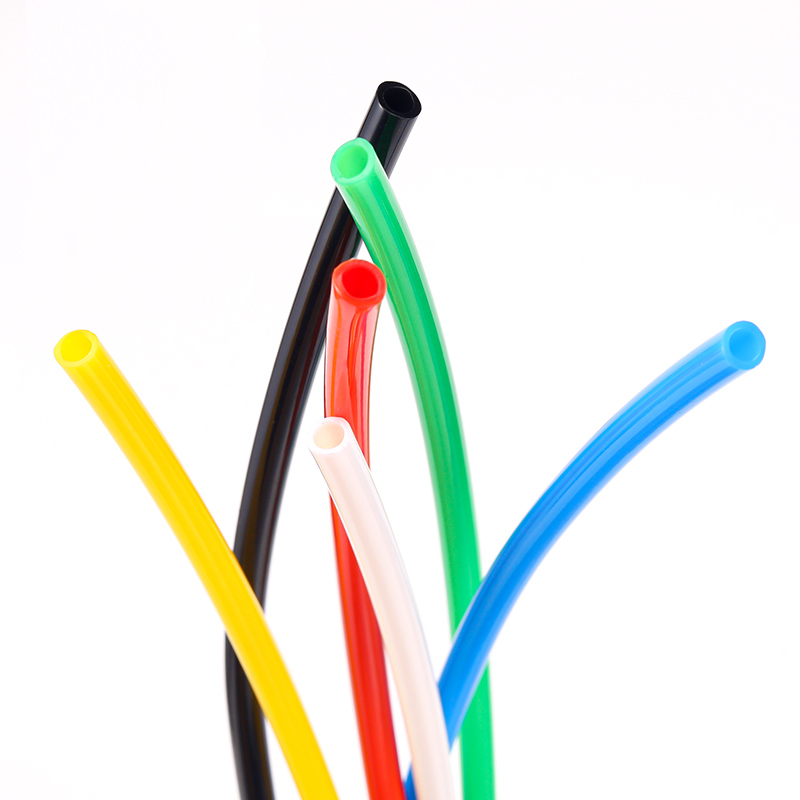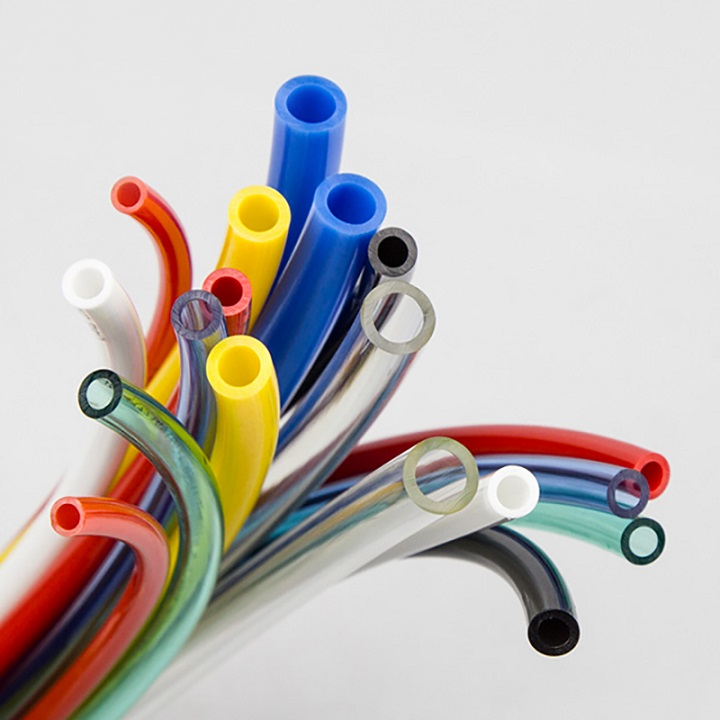Table of Contents
ToggleIntroduction
Routing pneumatic tubing in tight spaces is a common challenge facing design engineers, OEM manufacturers, and industrial system integrators. This task often tests the limits of creativity and technical acumen, demanding an ideal balance between functionality, aesthetics, and practicality. Whether you’re handling a small robotics assembly line or managing a large-scale automation project, efficient routing of pneumatic tubing is crucial for maintaining system integrity and efficiency.
Working with tight spaces can sometimes feel like attempting to solve a complex three-dimensional puzzle. Engineers must consider factors such as space constraints, risk of abrasion, potential for kinking, and the impact of environmental factors like temperature and humidity. It’s essential to balance these concerns with the overarching goals of reliability and performance. Moreover, the need to adhere to safety standards and internal guidelines only adds to the complexity.
Understanding the intricacies of pneumatic tube routing not only optimizes the pneumatic system’s performance but also extends its lifespan, reduces maintenance requirements, and enhances overall system safety. This comprehensive guide delves into best practices for routing pneumatic tubing in space-constrained environments, aiming to arm you with knowledge and techniques that can inform your next project, reduce system failures, and ultimately, drive successful outcomes.
How Do You Choose the Right Pneumatic Tubing Material?
Choosing the correct material for pneumatic tubing is fundamental to the success of any pneumatic system, especially when space is limited.
What Are the Common Materials Used?
- Polyurethane: Highly flexible, resistant to kinking, and tolerant of tight bends, polyurethane is ideal for confined spaces where flexibility is paramount.
- Nylon: Known for its strength and abrasion resistance, nylon tubing offers sturdiness and is well-suited for high-pressure applications.
- Polyethylene: Lightweight and affordable, polyethylene is commonly used in applications where cost is a critical factor, though it may not be the best choice in extremely tight configurations.
How Do Temperature and Environment Affect Material Choice?
Temperature extremes and environmental factors such as chemicals or UV exposure can affect tubing material:
- Cold Conditions: Materials like nylon maintain flexibility at lower temperatures, while others may become brittle.
- High Temperatures: Ensure the material can withstand increased temperatures without degrading; polyurethane and nylon are generally reliable.
- Chemical Exposure: Certain materials may degrade in specific chemical environments. Always verify compatibility.

What Are the Techniques for Routing Tubing in Tight Spaces?
Routing techniques must adapt to specific challenges presented by limited spaces.
How Can You Optimize Space Usage?
- Layered Routing: Stack tubes in layers to maximize available space, using clips to keep them organized.
- Compact Bundling: Securely bundling tubes reduces clutter and minimizes space usage.
- Multi-Level Routing: Utilize different planes or levels within the equipment for more efficient space management.
What Tools Assist in Routing?
- Tube Guides and Clips: Maintain order and prevent tangling or kinking.
- Protective Sleeves: Utilize sleeves to protect tubing from abrasion in tight areas.
- Bend Supports: Prevent kinking in corners by providing guidance for the tube.

How Important Is Tube Diameter in Tightly Packed Systems?
Understanding the role of tube diameter ensures both efficiency and compactness.
What Are the Considerations for Tube Sizing?
- Flow Requirements: Ensure chosen diameter meets the flow requirements without unnecessary oversizing.
- Space Constraints: Smaller diameters may ease installation in tight spaces but can limit flow capacity. Balance is crucial.
- Pressure Drop Implications: A smaller diameter may increase friction and pressure drop, impacting system performance.
How Can You Compensate for Diameter Limitations?
- Increase Pressure: If you must use smaller tubing, increase the pressure to maintain flow rates.
- Advanced Calculations: Use software models to predict real-world performance, helping to choose optimal sizes without trial and error.
What Role Does Tubing Flexibility Play in Design?
Flexibility can simplify routing but also raises complexity in terms of maintaining system efficacy.
Why Is Flexibility Important?
- Ease of Installation: Flexible tubing can bend and curve around obstacles, reducing the need for complicated fittings.
- System Longevity: Adapts better to equipment vibrations and movements, reducing stress on connections.
When Might Flexibility Be a Drawback?
- Support Needs: Highly flexible tubes may require more support and anchoring to prevent sagging.
- Kinking Risk: Must choose correct balance to prevent kink-prone scenarios.

How Do Safety Standards Affect Routing Decisions?
Compliance with industry standards is pivotal in any engineering task, including pneumatic tubing.
What Standards Are Relevant?
- ISO 4414: Ensures safety requirements in pneumatic fluid power systems.
- OSHA Guidelines: U.S. standards impact workplace safety concerning pneumatic systems.
How Can Standards Be Integrated into Tubing Routes?
- Regular Inspection Points: Design routes with easy access for maintenance checks.
- Secure Fastening: Use standard-compliant clips and fasteners for safety assurance.
Conclusion
Routing pneumatic tubing in tight spaces can be complex, but armed with the right guidelines and insights, it becomes a manageable task with efficient outcomes. By carefully considering material selection, optimal routing techniques, and safety standards, engineers can create systems that not only function well but also stand the test of time. These strategies pave the way for more reliable, efficient, and safe pneumatic systems.

